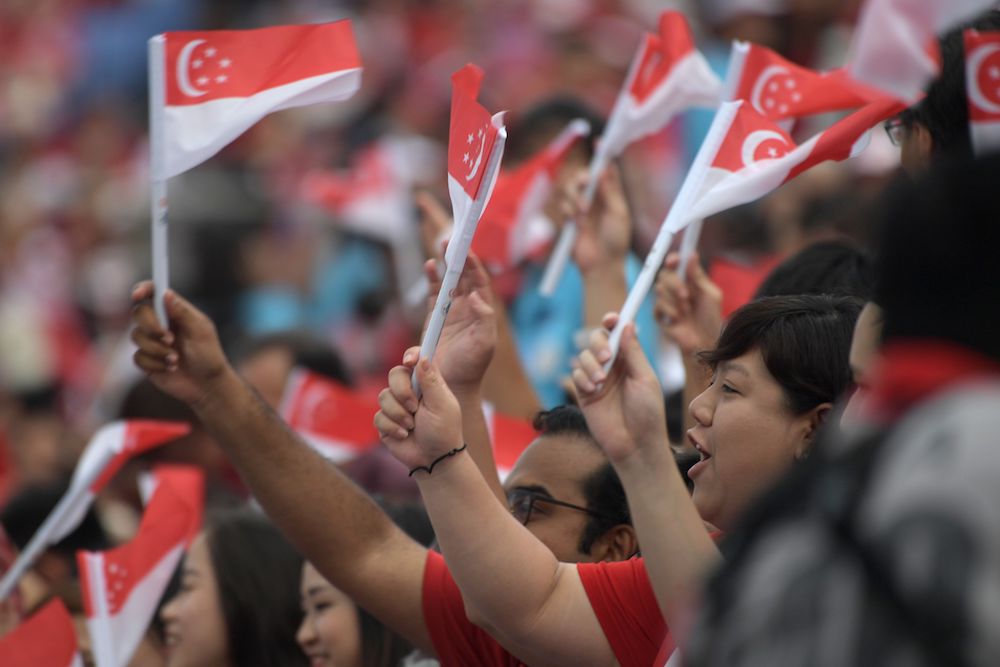KUALA LUMPUR, Jan 19 — There were close to one million Malaysians in Singapore in 2019, making the demographic group the biggest migrants in the little red dot, a report citing data from the United Nations (UN) has shown.
Citing the United Nations Department of Economic and Social Affairs’ latest data, Singapore paper The Straits Times (ST) reported today that Malaysians continue to make up the biggest group of contributing foreigners in the island republic south of Johor.
According to ST, the percentage of Malaysians has increased from 27 per cent of the foreign-born population in Singapore in 1990 to 44 per cent last year.
In terms of numbers, the number of Malaysian migrants in Singapore has gone up by about five times from 195,072 in 1990 to 952,261 in 2019, the Singapore paper said.
Neighbouring Singapore with its relatively stronger currency is generally known to be a popular destination for Malaysians seeking work abroad.
The ST report said those originating from China is the second largest migrant group in Singapore at about 18 per cent in 2019 with 380,145 of Chinese migrants there, an increase from 150,447 in 1990.
This is followed by Indonesian migrants at 6.4 per cent in 2019 or 138,338 migrants, up from three per cent or 21,520 in 1990.
Based on the 2019 figures, this is followed by Indians (5.9 per cent), Pakistanis (5.1 per cent) and Bangladeshis (3.2 per cent), while those from Hong Kong and Macau are at 3.3 per cent.
In the same 30-year period from 1990 to 2019, ST said the rise in migrant population from 727,262 to 2.16 million has resulted in Singapore’s overall population size growing from three million to 5.7 million.
According to ST, the migrants statistics include those who have acquired Singaporean citizenship, permanent residents, those who have work passes and their dependants, and those who are studying there.
ST said the Singapore government’s Population In Brief 2019 report does not give detailed statistics on migrants by country of origin, but only by region of origin.
The ST said the 2019 report stated that those who were granted Singapore permanent residency in 2018 were mostly from South-east Asian countries at 62.5 per cent while 31.2 per cent were from other Asian nations, while those who received Singaporean citizenship were again predominantly from South-east Asian countries at 61.6 per cent and with 32.4 per cent from other Asian countries.
The ST cited a spokesman for the Singapore government’s National Population and Talent Division as saying that numerous factors affect the “mix” of countries from which people come to work or settle in Singapore.
“They include the attractiveness of Singapore through family ties, economic needs, geographical proximity, as well as the situation in their home country and other possible destinations,” the unnamed spokesman was quoted as saying.



















